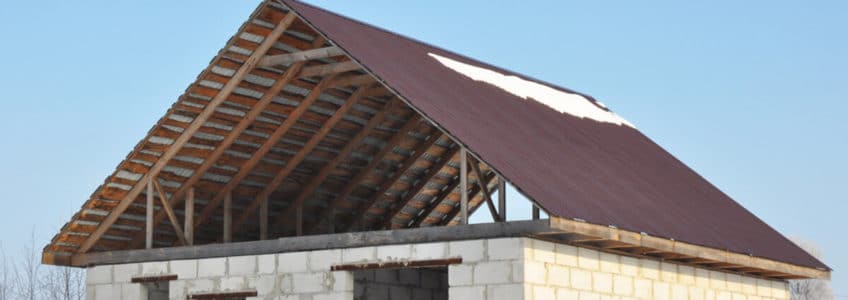
Most homeowners focus on air filters and ventilation systems when thinking about indoor air quality, but few consider the impact of attic insulation. If your attic isn’t properly insulated, it could be allowing pollutants, allergens, and moisture to enter your home, leading to unhealthy air. Poor attic insulation doesn’t just affect energy efficiency—it can also make it harder to breathe in your own home.
How Attic Insulation Affects Air Quality
Increased Airborne Pollutants
When insulation is inadequate, gaps and cracks allow outside air to enter your living space. This outside air carries dust, pollen, and other contaminants that can reduce indoor air quality. Proper attic insulation creates a barrier that keeps outdoor pollutants from seeping inside.
Higher Humidity Levels and Mold Growth
Poor attic insulation can lead to excessive moisture buildup. Warm air from your home rises into the attic, where it meets cooler surfaces and condenses into water droplets. This moisture creates a breeding ground for mold and mildew, which release spores into the air. Breathing in these spores can cause respiratory issues and long-term health problems.
Uncontrolled Airflow and Contaminant Spread
A poorly insulated attic allows for uncontrolled airflow, meaning contaminants from insulation materials, pests, or outdoor pollution can spread throughout your home. Old or deteriorating insulation can release fibers into the air, lowering air quality and posing health risks.
Signs Your Attic Insulation Is Compromising Air Quality
Musty Odors or Persistent Allergies
A musty smell in your home often indicates mold, which thrives in damp, uninsulated spaces. If family members experience persistent allergies or respiratory symptoms, poor attic insulation could be a factor.
Increased Dust and Indoor Pollutants
If you notice excessive dust settling on surfaces, your attic insulation might not be effectively blocking outdoor particles. Gaps in insulation allow fine dust and pollutants to enter, lowering air quality.
Higher Energy Bills and Inconsistent Temperatures
Fluctuating indoor temperatures caused by poor attic insulation can lead to excessive HVAC cycling. This constant system operation stirs up dust and pollutants, worsening indoor air conditions. Your heating and cooling system may also become overworked, reducing its ability to filter and regulate clean air.
Improving Air Quality with Proper Attic Insulation
Sealing Gaps and Upgrading Materials
To enhance air quality, seal any cracks or openings in your attic. Upgrading to high-quality insulation materials, such as spray foam or fiberglass batts, can prevent pollutants and moisture from entering your home.
Improving Ventilation and Moisture Control
Pairing proper attic insulation with effective ventilation ensures balanced airflow and prevents excess humidity. Installing attic vents and using vapor barriers can help maintain a dry, mold-free space while allowing your home to breathe naturally.
Regular Maintenance and Inspections
Checking your attic insulation regularly can help identify any damage, mold growth, or signs of pest infestation that could impact air quality. Professional assessments can determine whether your insulation needs replacement or reinforcement.
Final Thoughts

